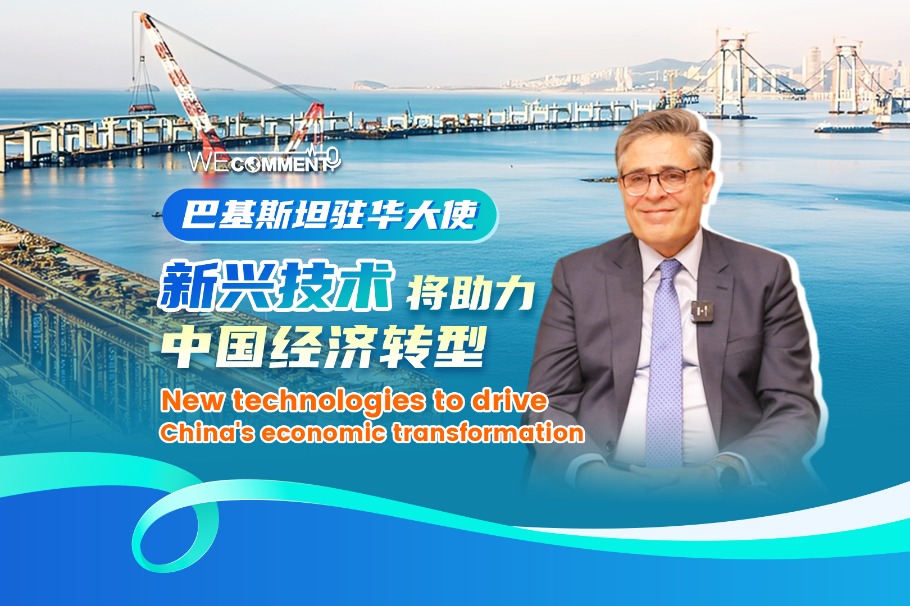The 2019 work report of Xinjiang Uygur autonomous region

The second session of the 13th People's Congress of Xinjiang Uygur autonomous region began Jan 14 in Urumqi with the release of the annual government work report by the chairman.

Steady progress has been made in Xinjiang’s economic development. The regional GDP is estimated to have grown by around 6 percent, general public budget revenue rose by 4.5 percent, total retail sales of consumer goods increased by 6.2 percent, with a consumer price index (CPI) of 2.1 percent. Profits of industrial enterprises above designated size increased by 10 percent. The added value of strategic emerging industries increased by 13.2 percent, and that of the high-tech manufacturing industry increased by 33 percent. The number of tourists reached 150 million, an increase of over 40 percent. Moreover, the tertiary industry contributed 66.1 percent to economic growth, becoming a significant driver of economic growth.

The region continued to improve the lives of its people. A total of 513 impoverished villages, three counties and 537,000 people were lifted out of poverty in 2018, with the poverty rate dropping to 6.51 percent. A total of 475,800 new urban jobs were created, and the registered urban unemployment rate was 3.3 percent. The per capita disposable income of urban residents grew by around 6.5 percent and that of rural residents by 8.5 percent.
Xinjiang also worked hard to strengthen infrastructure development. With the completion and opening of the Hetian-Moyu expressway, all cities in the region have entered the highway era. The trial operation of Urumqi Metro Line 1 also marks the start of the subway era.
Xinjiang accelerated development of core areas along the Silk Road economic belt. The China-Europe Railway Express–Xinjiang westbound freight train ran 1,002 trips, up 24.3 percent, transporting 1.73 million metric tons of goods, and reducing customs clearance time by a third. The region participated in the first China International Import Expo, signing a contract worth 2.74 billion yuan ($398.45 million).
The year 2019 marks the 70th anniversary of the founding of the People’s Republic of China and will be a crucial year for building a moderately prosperous society in all respects.
Therefore, next year’s GDP growth is expected to increase by 5.5 percent, the fixed asset investment to grow by 5 percent, total retail sales of social consumer goods by 7 percent, with total import and export trade growth of about 5 percent and general public budget revenue growth of around 5 percent. Urban and rural per capita disposable income will increase by 7 percent, with the urban registered unemployment rate keeping within 4.5 percent, the amount of increase of CPI staying within 3 percent, and energy consumption per unit of GDP reducing by 2.11 percent.
Most importantly, Xinjiang will fully implement the strategy of promoting the region through tourism and create an economic growth pole, striving to increase the number of domestic and foreign tourists and tourism revenue by more than 40 percent. Besides, it will build famous tourism brands and improve supporting service facilities in scenic spots.

MOST POPULAR
- 1 Chinese cities dominate global science rankings for first time: Nature
- 2 Beijing cautions tourists over Japan travel risks
- 3 Nation offering great opportunities for global biz
- 4 China implements higher-level financial opening-up policies in Hainan
- 5 Policy allowing Guangdong vehicles to travel to Hong Kong takes effect







